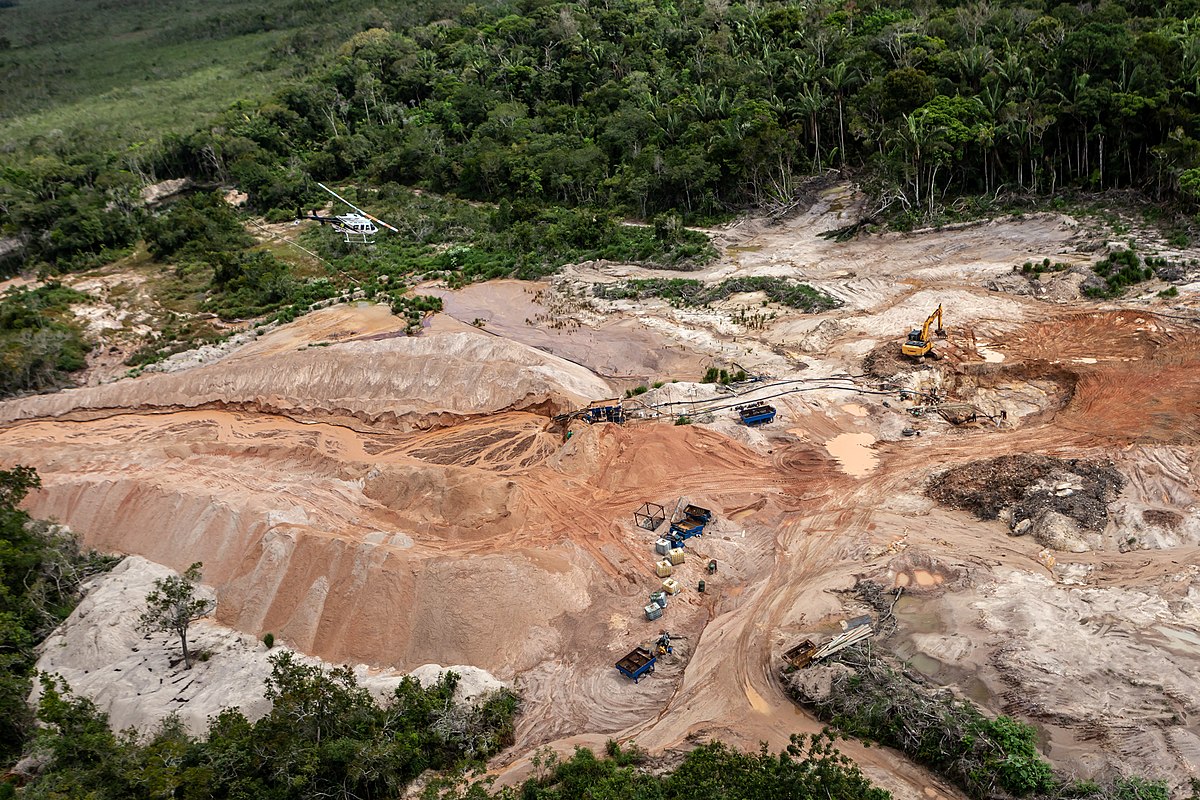Analysis: Organised crime in the Amazon

In a new WRI Insights article, Dr Charles Barber, Director of the Nature Crime Alliance, shares analysis on the overlooked role of nature crime as a driver of deforestation in the Amazon.
The 2024 spike in Amazon forest loss, highlighted by World Resources Institute’s Global Forest Watch platform, was due in large part to one of the worst fire seasons on record. But what’s often missed is the fact that recent fires in tropical primary forests are by no means a “natural” disaster. Rather, the conflagration represents a perfect storm of climate change-induced environmental conditions, governance failures and unchecked, organized criminality.
A recent survey of government data concluded that 91% of forest loss in the Brazilian Amazon is linked to illegal activity like land-clearing for agriculture and artisanal mining, often orchestrated by well-structured international criminal enterprises.
Writing for WRI Insights, Dr Charles Barber, Director of Natural Resources Governance and Policy at WRI, which hosts the Nature Crime Alliance, explores crime in the Amazon and its environmental impact.
The article highlights:
- How criminal infrastructure built principally for cocaine is increasingly facilitating illegal deforestation, timber trafficking and illegal gold mining, via control of transport routes, corruption and intimidation of local authorities and communities, as well as the fear of violence.
- The targeting of Indigenous territories by organised crime groups and the impact on deforestation (see graphic below)
- Strategies for tackling nature crime and its convergence with other criminality in the Amazon.



